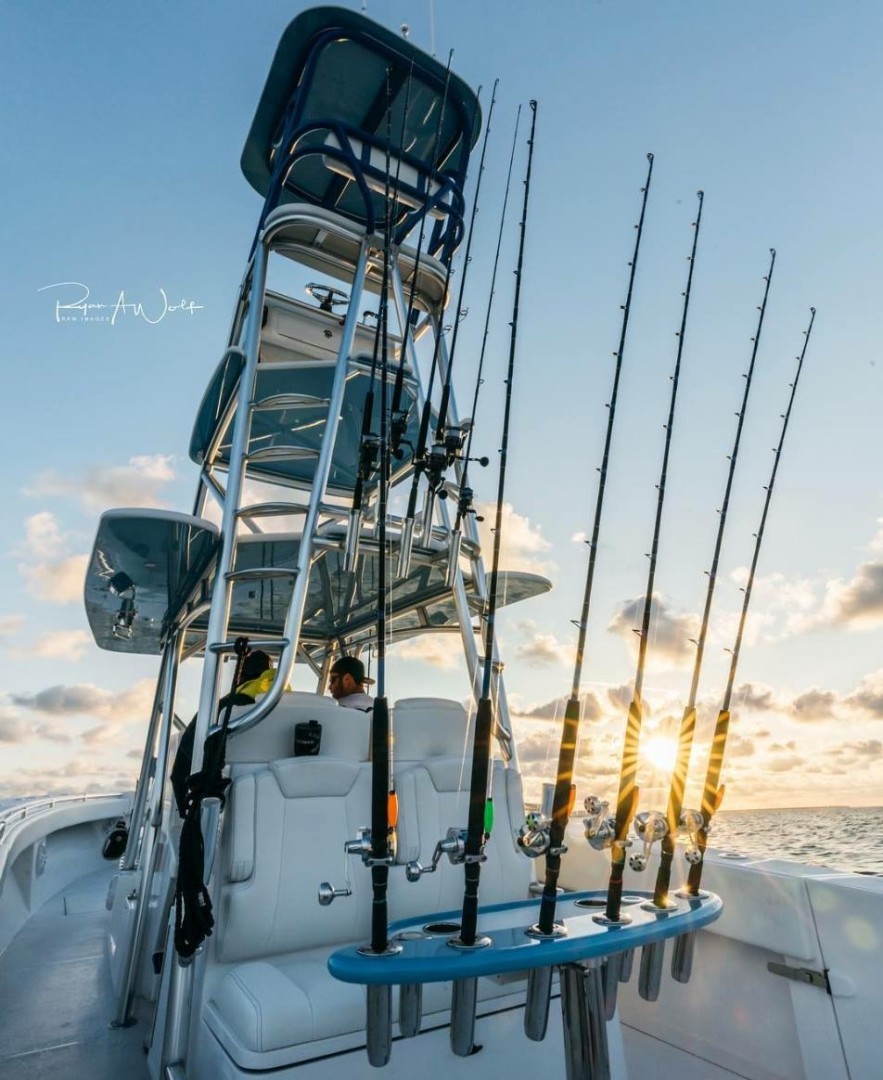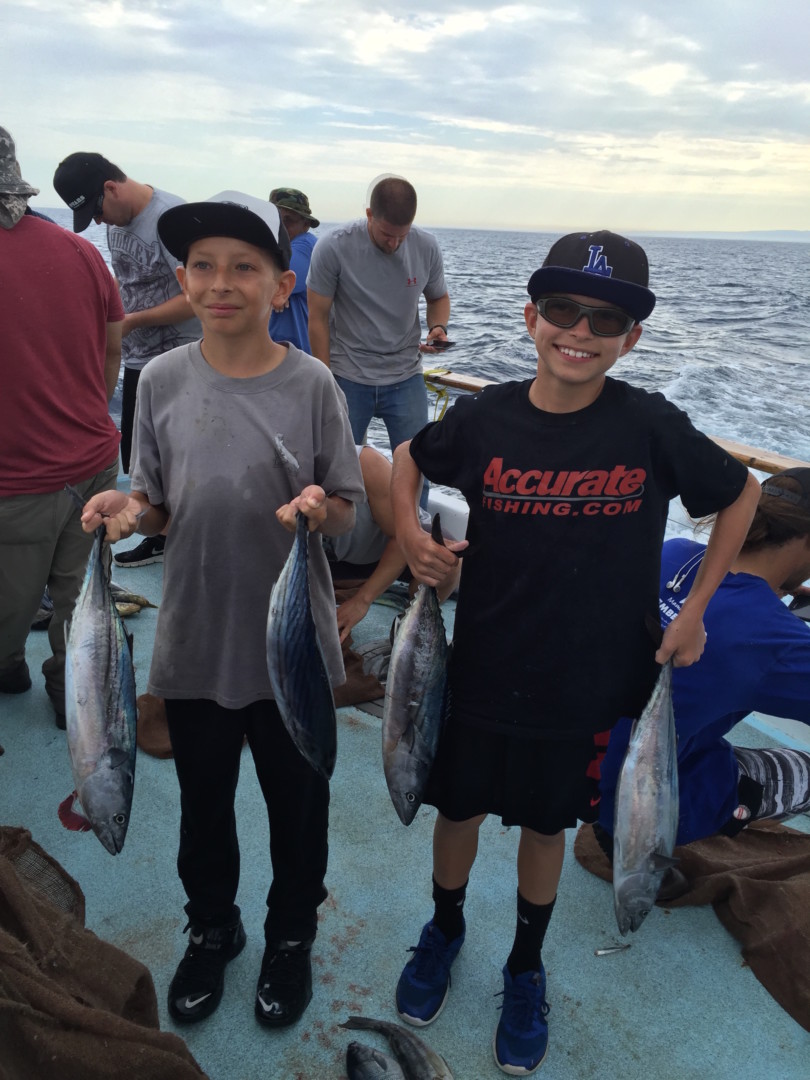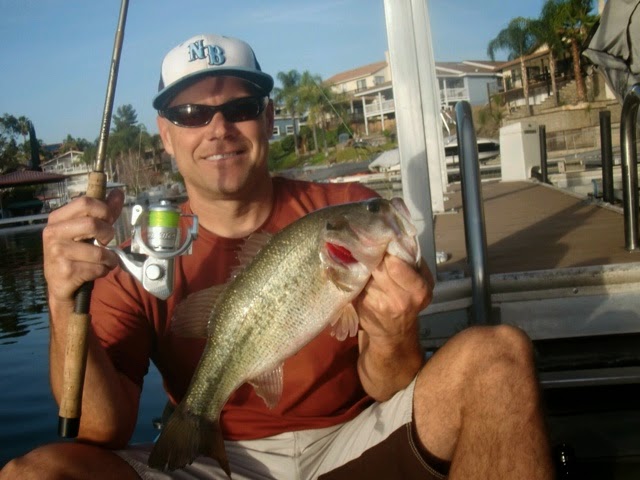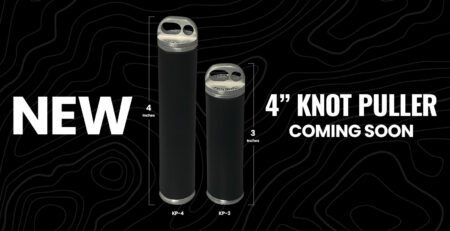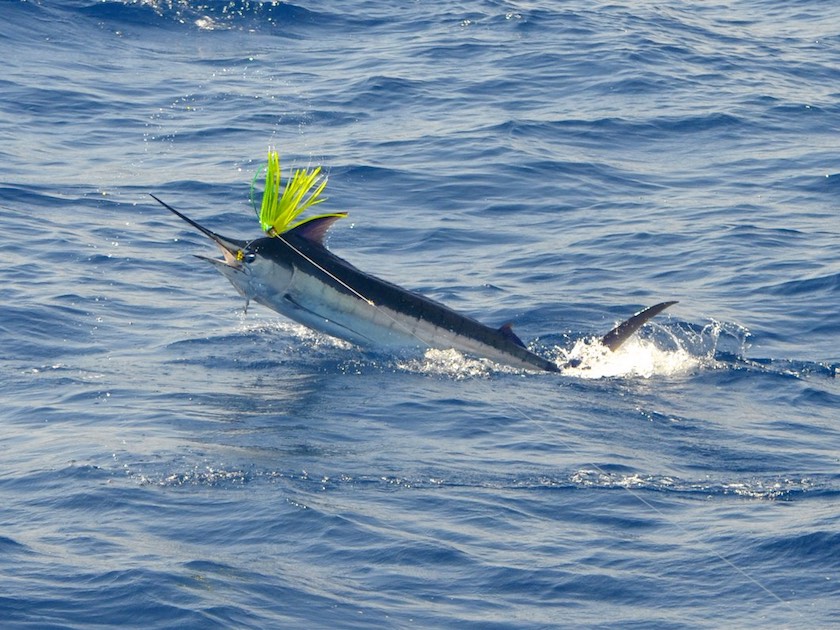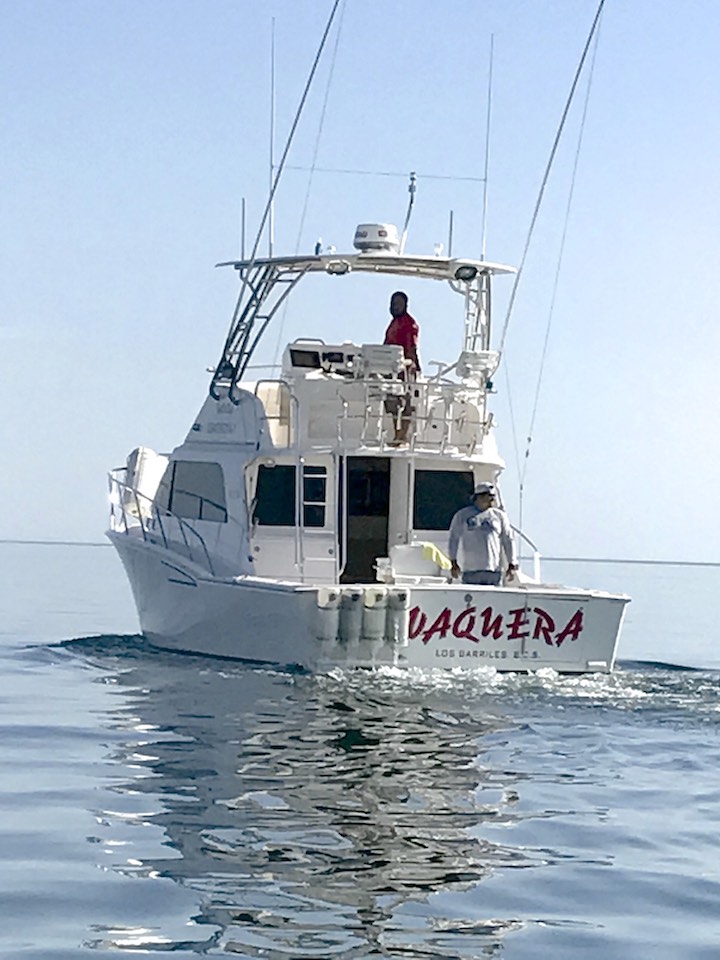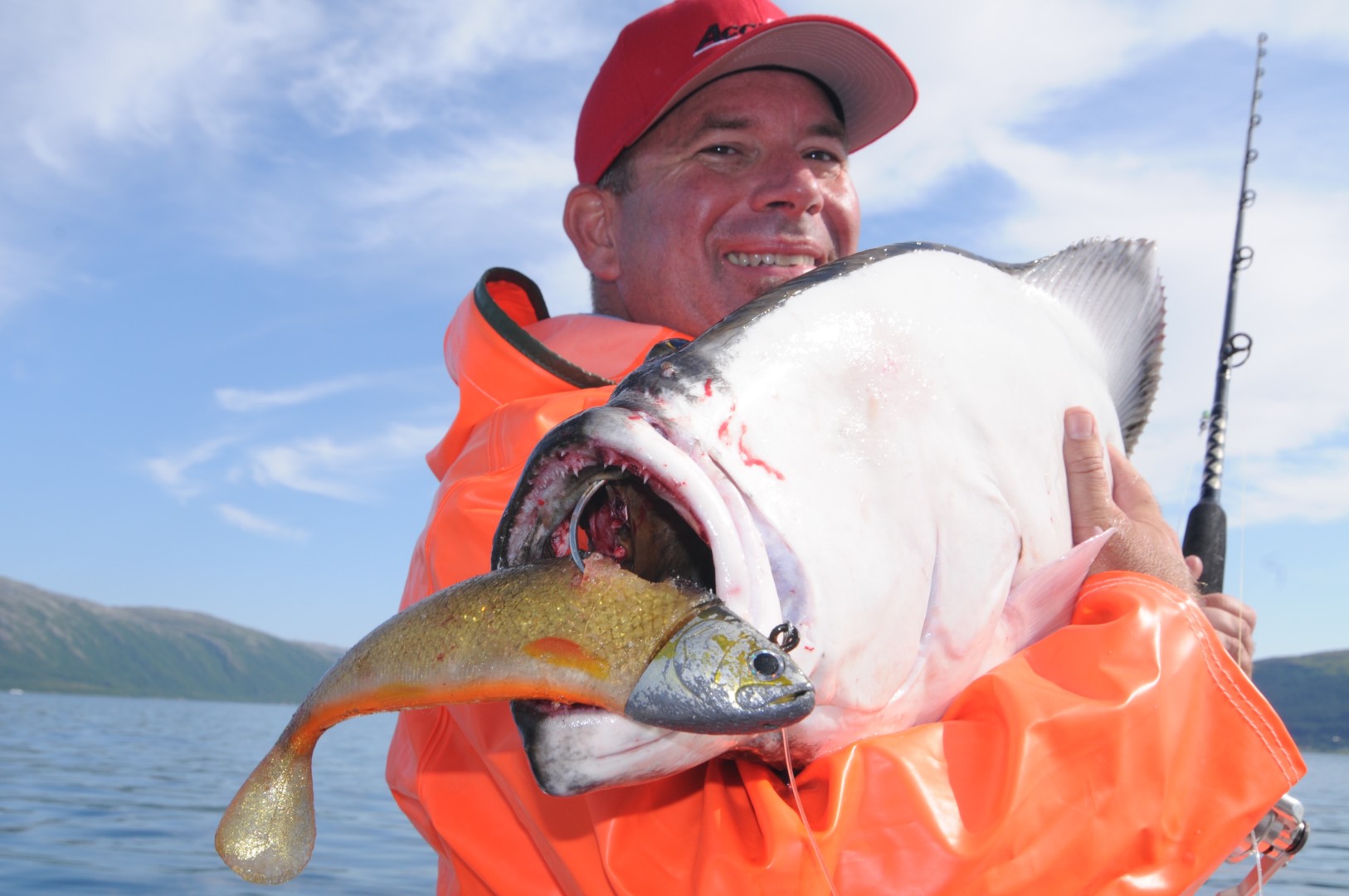Private Versus Sport Boat: Basic Tackle for the upcoming season.

The fishing season is right around the corner! With June one month away, it is time to start thinking about making sure we have the right tackle on the boat. While the specifics will vary depending on where you live and what gamefish you will be targeting, we will reflect on the tackle used across the country. No matter if you are on the east coast fishing the canyon for tuna, billfish, dolphin, or on the west coast chasing Bluefin on the troll with a kite, hitting paddies, or casting at foaming fish, we will be talking about all the basic set ups you should be looking to have on the private boat for whatever situation presents itself. We will also cover the basics of fishing tackle necessary on sport boats and ways to decide exactly what you need to take on your next adventure.
Fishing on private boats during the summer season and into fall can be some of the most rewarding fishing possible. The way to maximize your success on these trips is to be prepared. For those of you that read our blogs, you know that prior preparation is something that is mentioned in most of them. The smallest details can be the weakest link in the chain of success when you are fishing.
The first thing to cover is the importance of quality line on your reels and most importantly, line that is fresh for the upcoming season. The most important thing between you and the fish is your line. Using line, especially mono that is a season or two old can lead to some major heart break stories. All it takes is your line to get a nick in it during battle, and the next time once you get to that spot in the line as it comes off the reel it could cost you a fish. This is especially true when you are targeting gamefish that are known to take a lot of line off the reel during the fight. Fish that are acrobatic like Billfish and Dolphin can land on the line during a battle as they grey hound in a circle as you fight them. Tuna on the other hand, can nick the line on the bottom of the boat as they are semi-erratic coming into a circle, which has cost us several fish over the years on our charters when the anglers are not paying attention to what is going on. The point being made here is that each year prior to the season, the line on your reels has to be checked for any nicks or abrasion so you are confident it is at maximum breaking strength. When in doubt, replace it.

With braid and mono, it is that usually the top half of the spool where most of your battles takes place during the season. To counter this, we often take line off of one reel and spool it onto any empty spool. Then take a reel either the same size, or close to it and take a reel with questionable line and spool it onto the empty reel. By doing this, the line on the top 1/3 of your reel is on the bottom of the spool and the line on the bottom which normally does not see any action is on the top giving you fresh, new line to fish with. This can be done with mono too but it often tends have the memory of the shape of the spool in the line. The best thing to do when winding mono back onto the spool is letting it out behind the boat while traveling out on the trip, as it will help straighten it out. It will lose some of the memory, and once you hook a fish on it this will help straighten the line out. The changing of line should be done annually at least, if not every couple of trips with mono. If you have braided lines, you should definitely check them and if you find spots in the line, again turn it over on another reel or you can also take it to your local tackle store and they are able to splice lines on bigger reels if necessary. You can also do this yourself by tying Bimini knots on the reel side and the line spool side then doing the loop to loop connection, pulling it tight then winding it tightly back onto the spool.
If you are dealing with smaller top shots of mono on your trolling rods, it is best to replace those as well as your leaders, so you have the confidence that when you hook the big guy, the line is perfect and ready for the battle.

The other part of getting the tackle ready for season is making sure all your reels are in working order. Take time to check the drags by pulling on line over the rod. Pull it several times to heat up the drag then watch the rod tip for any jerking action. If you feel the drag is hindered in any way take it to your local dealer or reel guy to get it lubed and tuned. If it is an Accurate reel send it to our Accurate service dept. and we will be able to help you with it. Make sure you wind the reel under strain either by tying it off on something and back off the drag so you can feel if it is operating smoothly. It is super important on the bigger reels to make sure you test the 2-speed mechanism sitting there and with load (line being pulled tight at a lighter drag) to make sure it is working efficiently. Additionally, make sure all clamps on your reels are tightened, and if they have been on a rod all year, make sure the bolt and nut are not corroded. A drop of Corrosion X(Sold online by Accurate) will loosen it so you can tighten it if necessary. Check the handle on the reel to make sure it is tight, to avoid any unnecessary play which often gets worst when fighting a bigger fish over time. It is not a bad idea to put a drop of Corrosion X on critical places around the reel, such as on clamp studs on base of reel, screws on the reel foot, threads on drag tension knob, and any nuts on the reel.

Once the reels are in good working order, the next thing to look at is your rods. There are critical parts of the rod to look at that are often overlooked. When checking our boat rods, we look at the reel seat to make sure its functional and tightening down correctly on the reel foot. If you are using a clamp, make sure the clamp is tight enough on the rod to hold the reel in place, but not too tight to cause any problems with the reel seat or the blank on a jig stick. Check on your guides to make sure all the guide feet are secure within wraps. Often times, rods are dropped on the deck or a guide is hit, which will dislodge the guide foot or loosen it on the rod. If you see this on one of your rods, bring it to a local rod wrapper who can fix it quickly. The most important thing on the rods is the guides. Make sure you check all your guides for any cracks that could cause line wear and result in a lost fish. One great way to check is to take a cotton swab for your ear and run it around the inside of your guides/top. If there is a crack, the cotton from the swab usually gets caught on the crack or chip giving you a visual of the problem. It is very important to make sure all guides are in perfect condition.

If you have roller guides on your trolling rods, take a small diameter pencil or a popsicle stick and place it on the roller moving it back and forth. If the roller is not working, take them apart and soak the roller and bushing in Corrosion X which will lubricate the bushing and help prevent any corrosion while the rod is in the elements. Check the threads on the unibutts’ or storabutts’ so all moving parts are working correctly. If the reel foot fits loosely inside the hoods on the butt, you can build up reel seat with electrical tape to create a tighter fit. You do not want the reel moving as you are winding on a fish. You want all your connections to be tight and dependable giving you a solid feel. Rods are important, so it is vital to understand how to maintain them. If you keep them in top working order, they will last you a lifetime of fishing.

Terminal tackle is another important thing to check to be prepared for the upcoming season. On your private boat, make sure you have any size hooks and sinkers you might need for fishing live bait. Chemically sharpened hooks are pretty much the best bet, but if you are using regular hooks, make sure they are sharpened. Have all the sizes you need for the possible size baits you will be using. The same goes with the sinkers if you are fishing slip sinkers with live baits up top or mid water column, or torpedoes sinkers for dropper loop rigs down on the bottom. People often use split shot weights, but be very careful not to damage your line since they are pinched directly on it. Rubber core sinkers are more efficient, and can be moved up and down the line without any damage. Different size swivels are also an excellent thing to have on the boat. Snap swivels for your trolling outfits are a must to change your trolling lures. No matter where you are fishing you should have some CD 12 to 18 Rapalas in the colors that best match the local baitfish.
 Trolling is a great way to find fish and these lures are an excellent choice. If you are often using artificial lures, make sure you have a selection to rely on when the fish show their face. Having jigs on the boat for fishing deeper water is important. Dead fall jigs work excellent, but straight iron, or any type of knife jig will work. Have different sizes so you can get to the bottom quicker or create a better fall rate in heavy currents. Poppers and other top water baits should be included in your tackle on the boat. Additional line that includes leader material of different test, mono for any possible top shots you might have to do, and braid can be very useful if you have the room. It is often wise to carry a pair of bolt cutters on the boat for any possible emergency with a hook in the hand so you can cut the barb off. Safety straps for your trolling rods are a great way to keep the rods in the boat. It is not a bad idea to have a crimping kit on the boat with various size crimps and a tool. Gloves are always an important thing if you are wiring large fish, or handling spiny ones. Depending on the type of fishing you do, the terminal tackle will change but the best way to double check is making a list and going through it twice. Safety equipment is very important so make sure you are Coast Guard compliant with everything. Lastly, it is important to have a couple sized gaffs on the boat, one for smaller fish 2” or 3″ hook and a 4″ hook plus a 6″ fly gaff with rope if you see the possibility of a shot at a bigger gamefish. Back to the prior planning mentioned previously, it is a way of life for successful people period.
Trolling is a great way to find fish and these lures are an excellent choice. If you are often using artificial lures, make sure you have a selection to rely on when the fish show their face. Having jigs on the boat for fishing deeper water is important. Dead fall jigs work excellent, but straight iron, or any type of knife jig will work. Have different sizes so you can get to the bottom quicker or create a better fall rate in heavy currents. Poppers and other top water baits should be included in your tackle on the boat. Additional line that includes leader material of different test, mono for any possible top shots you might have to do, and braid can be very useful if you have the room. It is often wise to carry a pair of bolt cutters on the boat for any possible emergency with a hook in the hand so you can cut the barb off. Safety straps for your trolling rods are a great way to keep the rods in the boat. It is not a bad idea to have a crimping kit on the boat with various size crimps and a tool. Gloves are always an important thing if you are wiring large fish, or handling spiny ones. Depending on the type of fishing you do, the terminal tackle will change but the best way to double check is making a list and going through it twice. Safety equipment is very important so make sure you are Coast Guard compliant with everything. Lastly, it is important to have a couple sized gaffs on the boat, one for smaller fish 2” or 3″ hook and a 4″ hook plus a 6″ fly gaff with rope if you see the possibility of a shot at a bigger gamefish. Back to the prior planning mentioned previously, it is a way of life for successful people period.

The actual tackle to use on boats will vary on location but the basics are: at least four trolling rods and sometimes up to 7 or 8 depending on targeted species. Guys fishing back on the east coast have a greater possibility of hooking larger gamefish so it is not out of the question to have a couple130’s, 80’s or 80 wides on the boat for giant Bluefin tuna, Blue Marlin, or possible deep drop Swordfish. Most of the private boaters will have outriggers, helping the boat get their trolling lures in the Bluewater wide of the prop wash. A basic line up of rods on a private boat would be two 50 sizes reels with 100 to 130 lb braid with a top shot of mono or Fluorocarbon for trolling, two 30 size reels for 80 to 100 lb braid with a top shot of mono or fluorocarbon, and a smaller reel for 65lb braid like a 600W or 30N (800N) for smaller gamefish. Any of these setups can also be used with mono if desired in the popular tests.

As for boat rods, you want 2 to 4 setups of a 600 (60lb braid), 2 to 4 outfits of a 500 (50lb braid), and 2 to 4 outfits of a 400 (40lb braid) sized reel. These setups are usually conventional reels, but spinning reels can also be used in the smaller test outfits. There are a variety of reels on the market but the ones outlined in this blog would be a basic line up for fishermen targeting a variety of species on either coast. The East Coast, as mentioned earlier, would be more prone to have both 80’s and 130 sized reels on their boats with the larger gamefish in the Atlantic but the West Coast boats heading to Mexico would also have 80 size reels and rods on the boat for the Black and Blue Marling fishery in Cabo San Lucas and Puerto Vallarta. The number of smaller setups will depend on how many people will be fishing at a time. A number of the private boaters often charter groups of 4 to 6 people, so to have a group of rods that are similar often helps so the tackle is consistent to use and maintain. The combination of tackle discussed would be very basic to cover all potential fishing possibilities. On a smaller boat, less tackle would be necessary and this will all depend on the storage room you have on the boat. Center console anglers will be using mostly 4 troll rods where a 50 plus foot boat can use up to 8.
Whatever type of fishing you do the number of setup combination will be based on the size of boat, targeted species, and level of investment.
When looking at the number of set ups for a sport boat fisherman, it is a completely different investment since it usually revolves around one angler versus a boat full of possible anglers.

On the West Coast, there are a variety of trips to go on from 1.5 day trip to a 16 day long range trip. The length of the trip does not always dictate the number of rods going on the boat with you. The shorter 1.5 to 3.5 day trips will see a variety of targeted species but dependent on time of year the tackle will change. The last couple years many of the anglers have been bringing tackle from a 400 (40lb) size reel to a 50T (130lb) for the massive Bluefin tuna that have shown up in the SoCal Bight. Most of the shorter trips will focus on Yellowtail, White seabass, Rockfish, Bass, and school sized tuna. The outfits when the larger tuna are not around include a 300 size reel with 30lb braid, and 400 with 40 to 50 lb braid, a 600N with 65lb braid, and a 30N/800N with 80 lb braid. They usually include a 30 or 50 size reel for the trolling groups which they alternate daily through the trip. This trip you would be taking 5 to 8 setups with a backup 65lb outfit. These would be the basic set ups on a shorter trip. The rods vary in size from 7 to 9 foot and in actions with fast action tips and a slower, more parabolic bend. Most of the rods have a little longer fore grip to rest on the rail when needed. Casting is a frequent technique to moving fish so the 9′ rods come into play for that.

When going on the 5 to 8 day, trips they often target a variety of fish that can include yellowfin up to 100 to 150 lbs, plus shots at wahoo. This length of trip will require more diversity of tackle, since the possibility at a greater variety and larger sized gamefish exists. The tackle to be taken on these trips can include a 30 or 50 size reel with 100 to 130 lb braid for larger tuna, trolling, or time on the kite drifting. The 30N or 800N reels with 80 lb braid are excellent for the possibility of tuna, but work very effectively on the larger home guard yellowtail and broom tail groupers. The 600 or 600N size reels with 65lb braid work excellent for yellowtail, or mid-range tuna that are often around the boat or in schools which are caught casting jigs or surface iron. Depending on what islands you visit, the bottom fishery can be a highlight and the 500 size reel with 50 to 65 lb braid can be excellent. In the last few years with the evolution of smaller reels putting out more drag, many of the guys are taking 300 and 400 size reels since they are super comfortable and a blast to fish, putting 40 or 50 lb braid on them just to have some fun. If there are inshore species like calico bass, the 300 size bait caster has also been something anglers will take along, but they do not hold up too well with bigger fish. This type of trip would warrant the 8 to 10 setups mentioned, with backups for the 65 lb – 80lb gear plus a few smaller ones, just to be safe. Similar to the shorter trips. the rods will be similar taking 7′ to 9′ rods with a fast tip to medium parabolic action so the pressure is off the angler and transferred to the fish. The shorter, stouter rods are for the fish that have some weight and pull and the longer rods are for casting to fish around the boat. Rods are dependent on the size and physique of the angler so it is a really good idea to take the time and pull on them before you invest in one. Make sure it is comfortable.

The long range trips have a little less tackle to bring just because the focus is a lot narrower. Most likely you will see a 50T with 130 to 150lb braid, a 30T with 100 to 130 lb braid, a 30n or 800N with 80lb braid, and a 600 size reel with 65lb braid. The 30T and 50T will be used for the yellowfin tuna at the islands or banks with rail rods that are designed a little longer and stiffer to fish right on the rail. Several different actions exist, so it is picking the right one for your physique and strength that is key. The 30N and 800N can be used on smaller tuna, but are mostly used for Wahoo fishing with bait, jigs, or wahoo bombs on the slide. The 7′ rods are a little bit lighter in the tip and shut down quickly to get a solid hook set in the boney jaws of these speedsters. The 600 size reels work for a variety of gamefish including smaller tuna, wahoo, yellowtail, Pargo, and grouper. The rods for the 600 size reels are basic 7′ to 8′ rods that can rest on the rail. The longer the rod, the more pressure on the fish and you can keep the tuna farther from the boat while in the circle. The day of the 6′ to 6.5′ stand up gear is gone and many of the anglers hook the fish and go right to the rail with the help and advice of the crew. It is about putting as much pressure on the fish as you can, so the more a rod bends without bottoming out, the better the angler can work the fish. The wind and pump is rarely seen. It is all about winding down and keeping the rod bent at all times. A decent drag and the right action of rod is the combination for success. Even the smallest angler can get on the rail and do a great job on a larger tuna.
For more information on Accurate Reels

The terminal tackle required for these trips is pretty basic: hooks the size of the baits you will be using throughout the trip(landing will have guidelines), jigs – both surface iron and deep jigs for straight winding up (Yo-Yo), flutter jigs like dead falls, leader of all tests (30 to 200lb depending on trip), sinkers – both egg and torpedo, poppers or other top waters, marauders with wire for wahoo, rubber bands for torpedo sinkers, maybe a couple tuna feathers for the troll, finger tape, fingerless gloves, wire, heavy snap swivels, swivels, and whatever else you are hearing as your trip approaches. Being prepared for the trips makes your success rate go up exponentially. Be five steps ahead and try to understand all the potential possibilities before they happen.
Wishing you the best of luck this season on your private boat or sport boat trips.
Hope all your lines are tight ones
Team Accurate
 Custom Color Reels
Custom Color Reels
